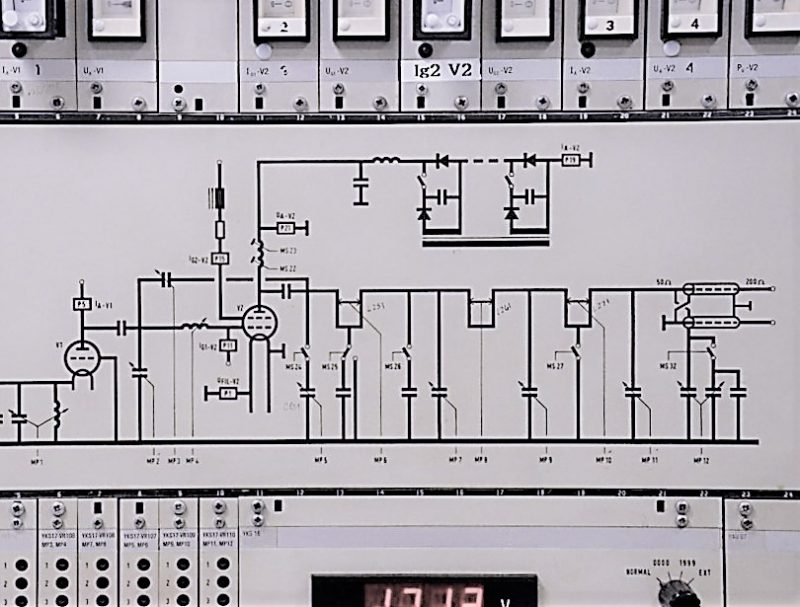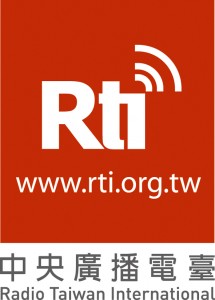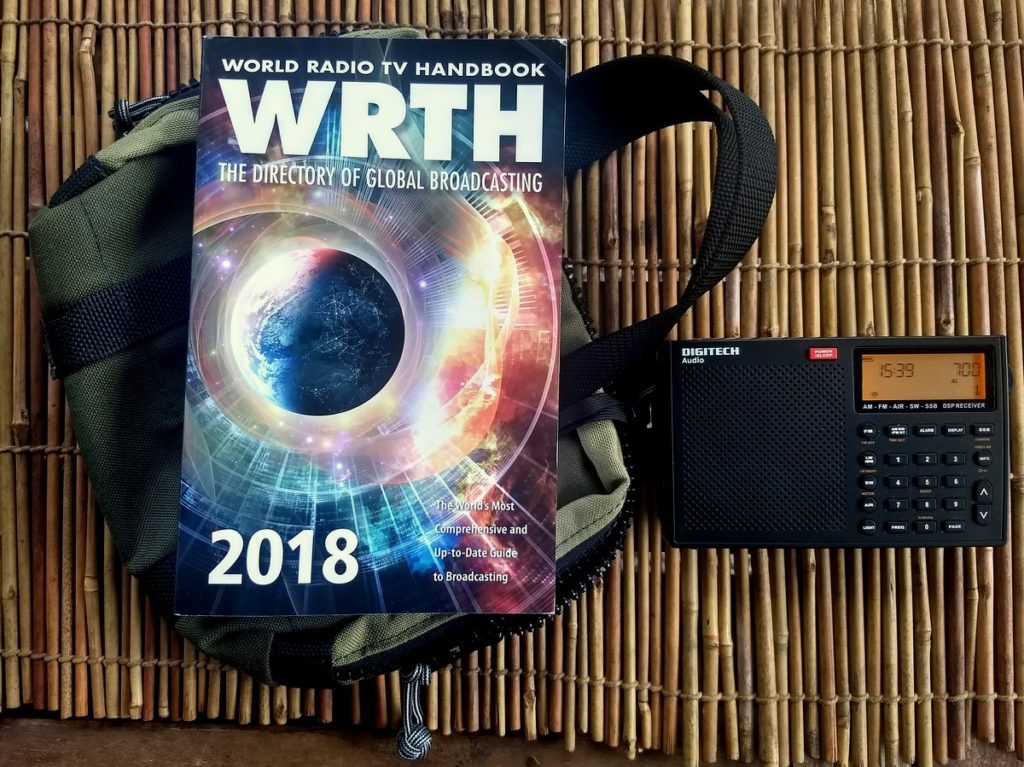(Source: CNN Money via Cap Tux)
Beijing has a new propaganda weapon: Voice of China
China is creating a new giant broadcaster to ensure its voice is heard loud and clear around the world.
Voice of China, as the new outlet will be known internationally, will be formed by combining three mammoth state-run national networks: China Central Television (CCTV), China National Radio and China Radio International. It will employ more than 14,000 people.
The merger was revealed in a Communist Party document on a sprawling government reorganization program, championed by President Xi Jinping to reinforce the party’s absolute control in all aspects of state governance.
State news agency Xinhua released the document Wednesday after it was approved by China’s rubber-stamp parliament.
With echos of the Voice of America radio service created by the US government during World War II, Voice of China is tasked with “propagating the party’s theories, directions, principles and policies” as well as “telling good China stories,” according to the document.
It will be under the direct control of the party’s central propaganda department.
The new broadcast juggernaut is being formed at a time when Chinese authorities face growing challenges to control their message in the age of the internet and social media. They are making strenuous efforts to maintain strict censorship at home while pouring money into propaganda projects abroad.[…]







